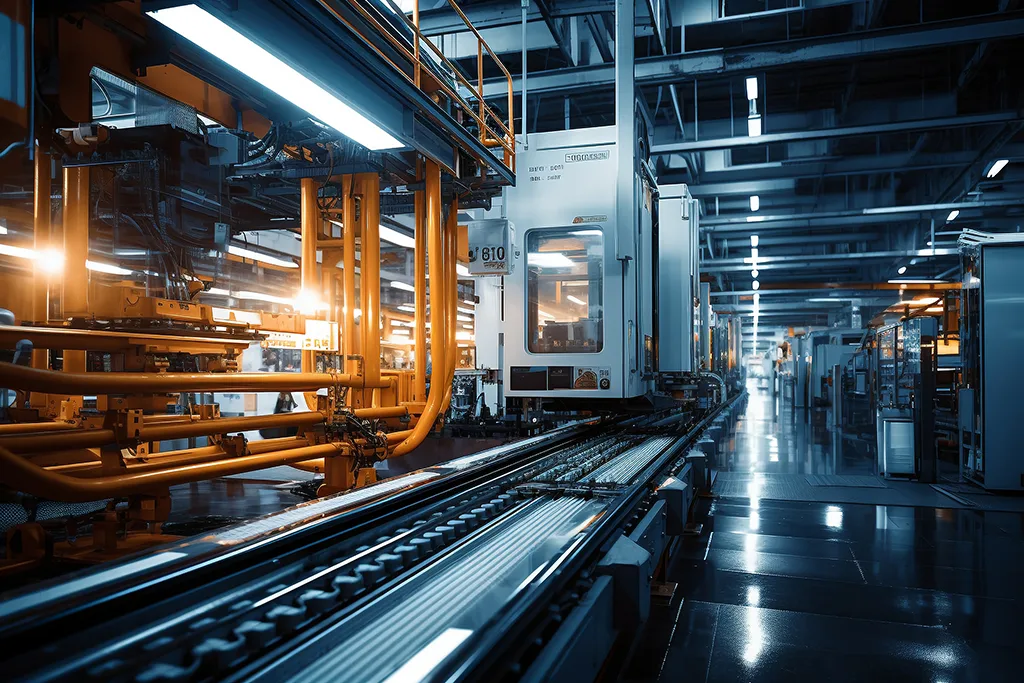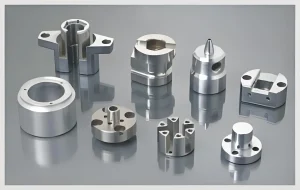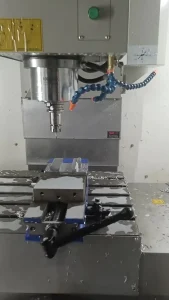5-axis CNC machining is a revolutionary technology in manufacturing. It allows for intricate designs and complex geometries that traditional machining cannot achieve. This article explains how 5-axis CNC machining works, its benefits, and its applications in various industries.

Understanding 5-Axis CNC Machining
CNC stands for Computer Numerical Control. In 5-axis CNC machining, the machine operates on five different axes. These axes include three linear movements (X, Y, and Z) and two rotational movements (A and B). This setup enables the cutting tool to approach the workpiece from virtually any angle.
Unlike 3-axis machines, which can only move up and down, left and right, and forward and backward, 5-axis machines provide greater flexibility. This capability allows for more complex shapes and finer details. The result is higher precision and reduced setup time.
The Working Process
The process begins with a digital model of the part to be manufactured. Engineers create this model using computer-aided design (CAD) software. Once the design is finalized, it is converted into a machine-readable format using computer-aided manufacturing (CAM) software.
Next, the CNC machine receives the program and prepares for operation. The operator secures the workpiece onto the machine bed. After that, the cutting tool is selected based on the material and desired finish.
During machining, the machine moves along all five axes. This movement allows the tool to cut the material from multiple angles. The cutting process is precise and efficient. Operators can achieve tight tolerances and complex geometries in a single setup.
Benefits of 5-Axis CNC Machining
One of the most significant advantages of 5-axis CNC machining is its ability to produce complex shapes. Manufacturers can create parts with intricate details that are difficult or impossible to achieve with other methods. This capability enhances design freedom and innovation.
Additionally, 5-axis machining reduces setup time. Traditional machining often requires multiple setups for different angles. With 5-axis machining, operators can complete complex parts in one go. This efficiency saves time and reduces the risk of errors.
Furthermore, 5-axis CNC machining improves surface finish quality. The ability to approach the workpiece from various angles reduces tool marks and improves overall aesthetics. This quality is particularly important in industries like aerospace and automotive, where precision is crucial.
Applications Across Industries
5-axis CNC machining is widely used in several industries. In aerospace, it manufactures components like turbine blades and structural parts. The technology ensures these parts meet strict safety and performance standards.
In the automotive sector, 5-axis machining produces complex components such as engine blocks and transmission cases. This capability allows manufacturers to optimize designs for performance and weight.
Additionally, the medical field benefits from 5-axis CNC machining. It produces surgical instruments and implants with high precision. The ability to create customized solutions enhances patient care and outcomes.
Conclusion
In summary, 5-axis CNC machining is a game-changer in the manufacturing landscape. Its ability to produce complex shapes, reduce setup times, and improve surface finishes makes it invaluable. Industries like aerospace, automotive, and medical are harnessing this technology to push the boundaries of design and efficiency.
Understanding how 5-axis CNC machining works allows businesses to leverage its advantages effectively. By adopting this technology, manufacturers can enhance their capabilities, innovate their products, and stay competitive in today’s fast-paced market. As technology continues to evolve, 5-axis CNC machining will play a vital role in shaping the future of manufacturing.






